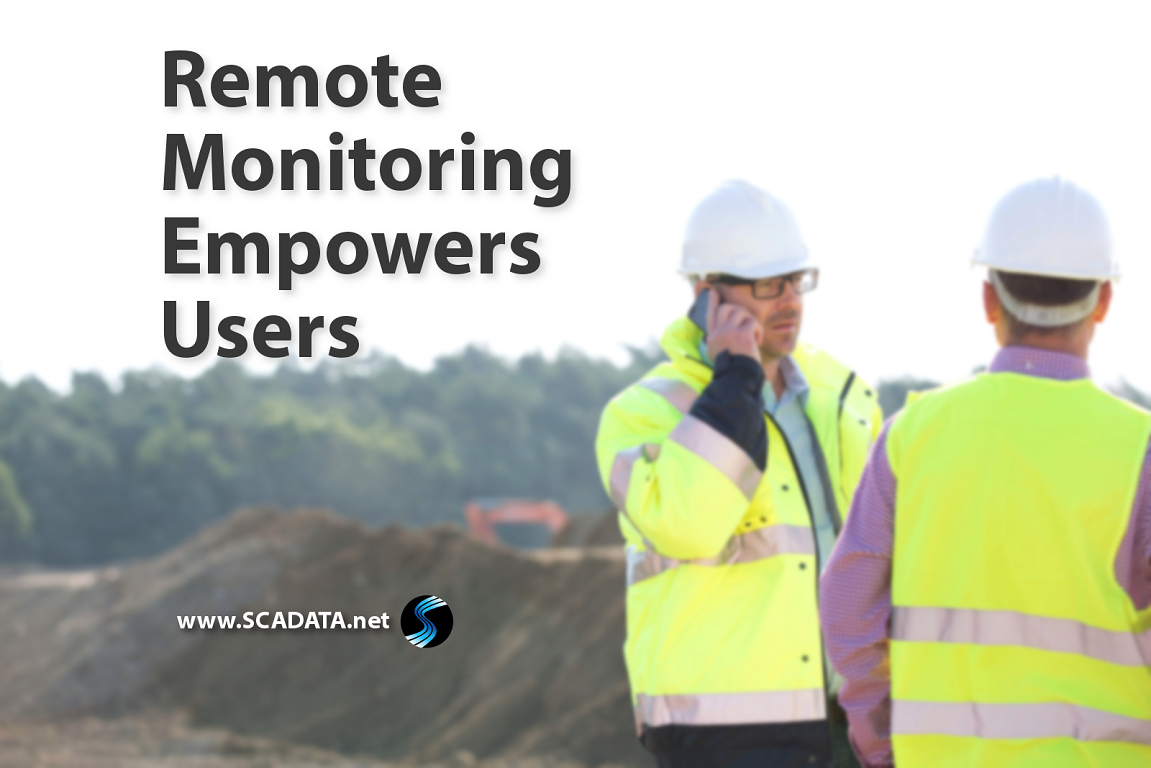Remote monitoring of a system offers many benefits for users. Having access to functionality without having to be physically present empowers users. There are approximately 160,000 small community and non-community drinking water treatment systems in the United States, according to the EPA. Of this number, there are approximately 50,000 small community systems and 110,000 non-community systems that impact the drinking water of more than 68 million people.
A health threat
Currently, it is estimated that small systems contribute 94% of the Safe Drinking Water Act (SDWA) violations annually. More than three-quarters of these are for Maximum Contaminant Level (MCL) violations. The EPA states that a majority of these reported violations are directly related to microbiological violations.
But the reality is that small system operators are held to the same reporting and water quality requirements as their larger peers. Constant monitoring of the water quality can mean substantial costs in time and travel for operation and maintenance. With ever-tightening budgets, operators must find better ways to execute mission-critical tasks.
Curious about your water quality? Check out our post on regulatory compliance and water quality to learn more.
Real-time monitoring
To combat these health threats, many operators have begun utilizing remote monitoring. The authors cite in their report that the EPA has �conducted several studies using various package plants at the T&E Facility and in the field that have been equipped with remote terminal units (RTUs).� Drinking water distribution systems can also be controlled and monitored via remote telemetry. These remote systems result in real-time, continuous monitoring of the water quality and electronic reporting of information. Remote monitoring has a wide range of applications across industries, including water and wastewater and the benefits have been realized by many.
As evidenced by recent cases, instrumentation and monitoring technologies in water treatment plants have improved plant productivity, efficiency, and quality. These solutions must be combined with tools that empower employees to manage and maintain systems with ease. �A well-executed strategy can lead to increased knowledge of system processes and enable employees to analyze equipment data and make better decisions.
Remote access to standard procedures is something every field worker needs at some point, regardless of seniority or position. Decision making via remote access is a viable option. It can provide access to real-time data, enabling users to identify defects, predict impending failures, and plan for maintenance-related activities. Consistent monitoring can also detect events previously missed by spot checking.
Address problems with remote monitoring
A SCADA system can provide remote monitoring to help you quickly address problems. These systems can monitor water-quality data using specified criteria and perform automated functions, such as sending alert messages or alarms. Problems cannot always be easily detected by overworked plant staff, so remote monitoring acts as a safeguard. With SCADA, constant monitoring of important water parameters like pH can ensure the reliable performance of equipment and can help ensure that products are safe for consumption.
This technology empowers users to make better use of their time. Remote units upload data to a website, eliminating the need to travel to a site to view, upload, and process data. The remote nature of sensors makes them easier to maintain and service because the operator can evaluate their performance using real- time data. Finally, this monitoring can provide more accurate planning and decision-making.
Predictive maintenance with remote monitoring
A comprehensive strategy is imperative to ensure reliability. Energy consumption and maintenance activities account for the majority of operating expenses. Consider these stats: Pumps represent more than 50 percent of all energy savings potential and consume almost 25 percent of all motor energy. That�s why energy savings is one of the most apparent and measurable results of incorporating remote monitoring. In addition, you can predict where maintenance needs to occur. Remote monitoring lets you know when parts fail. As a result, you will only need to contend with fixing that part, instead of dealing with a much larger, more costly catastrophe that could have been prevented.
It�s true remote monitoring cannot improve efficiency on its own. But, by reducing variables, it is a step in the right direction.
Also, no two facilities have the same needs. Predictive maintenance can be custom-designed using information gathered from regular observation and past records. �A pump health log can enable end users to review historical data to improve efficiency and operations. With minimal investment, users can greatly expand reliability and reduce operational costs.
Remote monitoring provides quality assurance
Given the increasing popularity of remote monitoring and the potential it holds for operators, it�s critical to define exactly what you want the system to accomplish. Functionality can be tailored to the specific needs of your business. However, there are some benefits that can be experienced by users in any industry. Electronic monitoring applications and advanced remote and telemetry options can help avoid system failure. These options reduce potential production delays and decrease overall operating costs. Meanwhile, you still ensure high quality water is continuously flowing through the plant.
Every strategy starts with a plan. Seek out a knowledgeable and experienced partner to help you plan and execute a remote monitoring solution. You can’t afford to not take action.




